As the 10th anniversary of the Great East Japan Earthquake approaches, Fukushima finds renewed hope as recovery picks up pace.
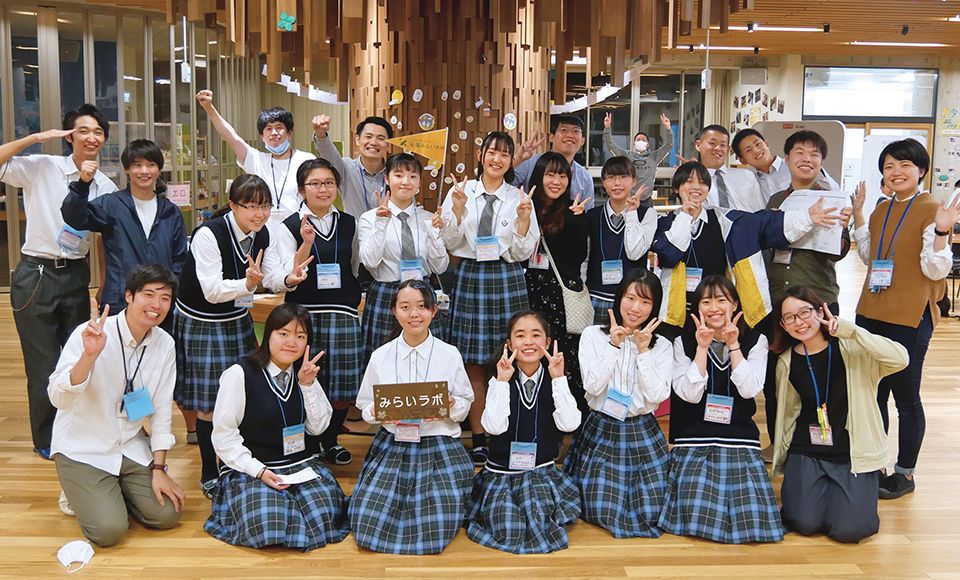
At Futaba Future Lab, located at Futaba Future School and run by an approved specified NPO (nonprofit organization), Katariba, many activities are offered to enhance interactions among people. University students provide support and advice for local school students, who in turn run a café for local residents.
Almost 10 years have passed since March 11, 2011, when the Great East Japan Earthquake inflicted massive damage on eastern Japan. In a policy speech, Prime Minister SUGA Yoshihide said, “Without the reconstruction of Fukushima, there will be no reconstruction of Tohoku. And without the reconstruction of Tohoku, there will be no revival of Japan.” Today in Fukushima, great progress is being made toward overcoming the destruction wreaked by the earthquake, tsunami, and nuclear accident.
One project moving Fukushima’s reconstruction forward is the Fukushima Innovation Coast Framework. To bring back industries lost to the disaster, the project is setting up research centers and other facilities seen as key to creating cutting-edge industries in coastal areas of Fukushima. Companies and students are being encouraged to take on new challenges in such fields as energy and reactor decommissioning, as well as agriculture, forestry, and fisheries. In March 2020, the Fukushima Robot Test Field opened fully to serve as a hub for the development and testing of robots on land, sea, and air. It is one of the world’s largest robot testing centers, with various facilities, including a runway for launching unmanned aerial vehicles, an indoor tank for testing robots running on and under water, and an urban field for emergency search and rescue drills.
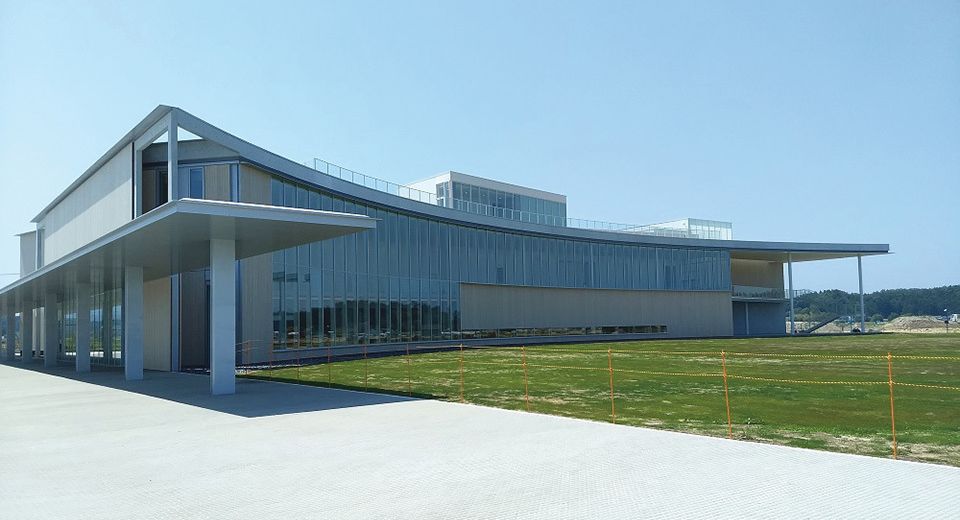
The Great East Japan Earthquake and Nuclear Disaster Memorial Museum opened in September 2020. Before its first month ended, the museum had already attracted 10,000 visitors.
Furthermore, the following September saw the opening of the Great East Japan Earthquake and Nuclear Disaster Memorial Museum to share the memories and lessons of the earthquake and nuclear accident with future generations. The museum is welcoming numerous visitors from Fukushima Prefecture and beyond.
Meanwhile, the region is cultivating its future leaders. Futaba Future High School, which opened in 2015, is collaborating with other communities to provide a unique type of problem-solving based curriculum to students. Its students will develop the talents needed to carry out the region’s reconstruction and bring innovation to society. In addition, the region is inviting figures from universities within the prefecture and beyond to engage in a wide range of educational research and networking, aiming to pool together the country’s knowledge in Fukushima to revitalize local communities. University instructors run an agricultural science summer school for local children, while university students work with local residents to add further value to their agricultural products by promoting primary producers’ diversification into processing and distribution. Those and other new ideas are helping to solve problems in industrial reconstruction, urban development, and other fields.
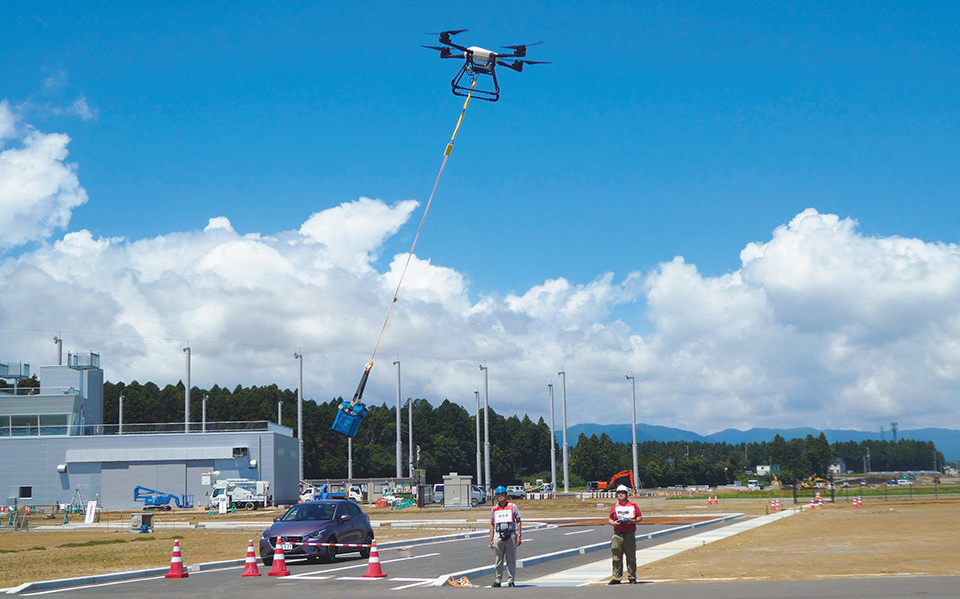
A variety of demonstrations are conducted at this robot test field. In the photo, physicians from Bokutoh Hospital in Sumida City (Tokyo) are conducting a test to determine whether blood for a transfusion can be transported via a drone.
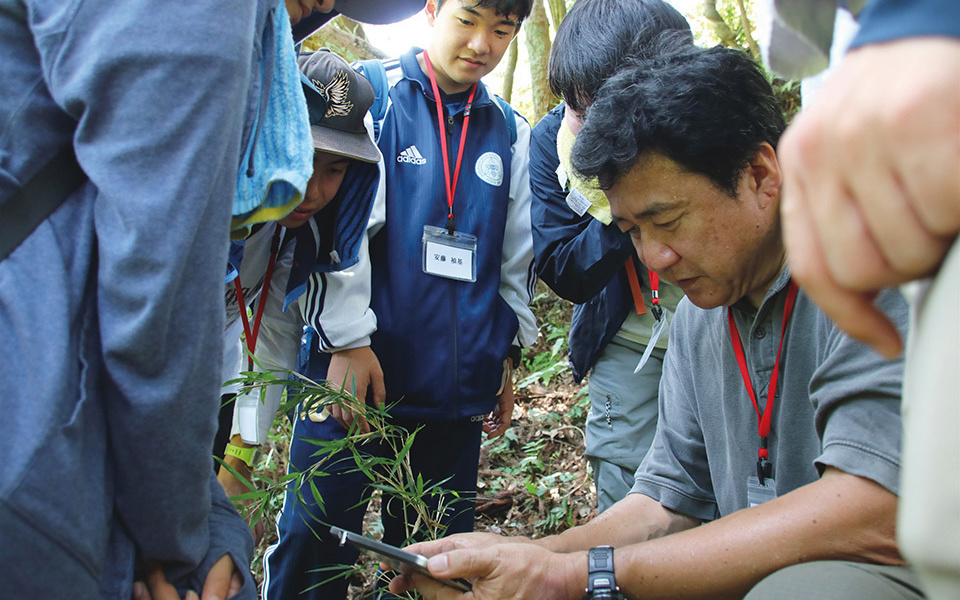
A summer school, run by a university from outside the prefecture, teaches local children about agricultural science.
Since the earthquake, over 360 companies have come to coastal Fukushima to run their business. ITO Yasuo, executive managing director of the Fukushima Innovation Coast Promotion Organization, said, “The local residents and children who are actively working toward Fukushima’s reconstruction have collaborated with highly motivated young people and companies from across Japan to make Fukushima a leader in solving problems. The exchange is enabling further revitalization in Fukushima and injecting a fresh stimulus.”
The avid interactions of people and their activities taking place in Fukushima are making the region’s future more and more promising.
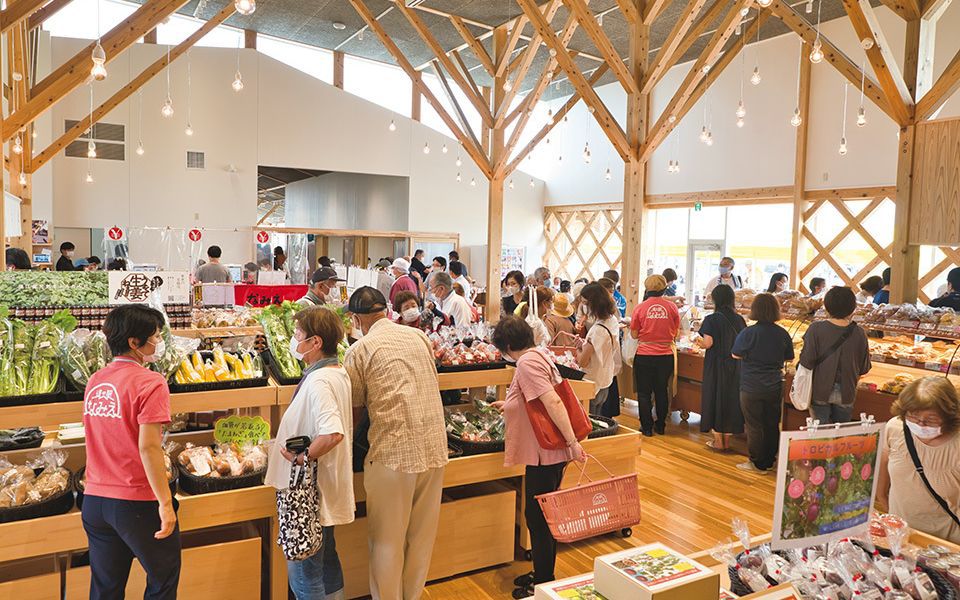
The Namie roadside rest and service area opened in August 2020. Among the items for sale are locally produced vegetables and seafood. Additionally, hydrogen produced at the Fukushima Hydrogen Energy Research Field is used for the area’s electricity.






























